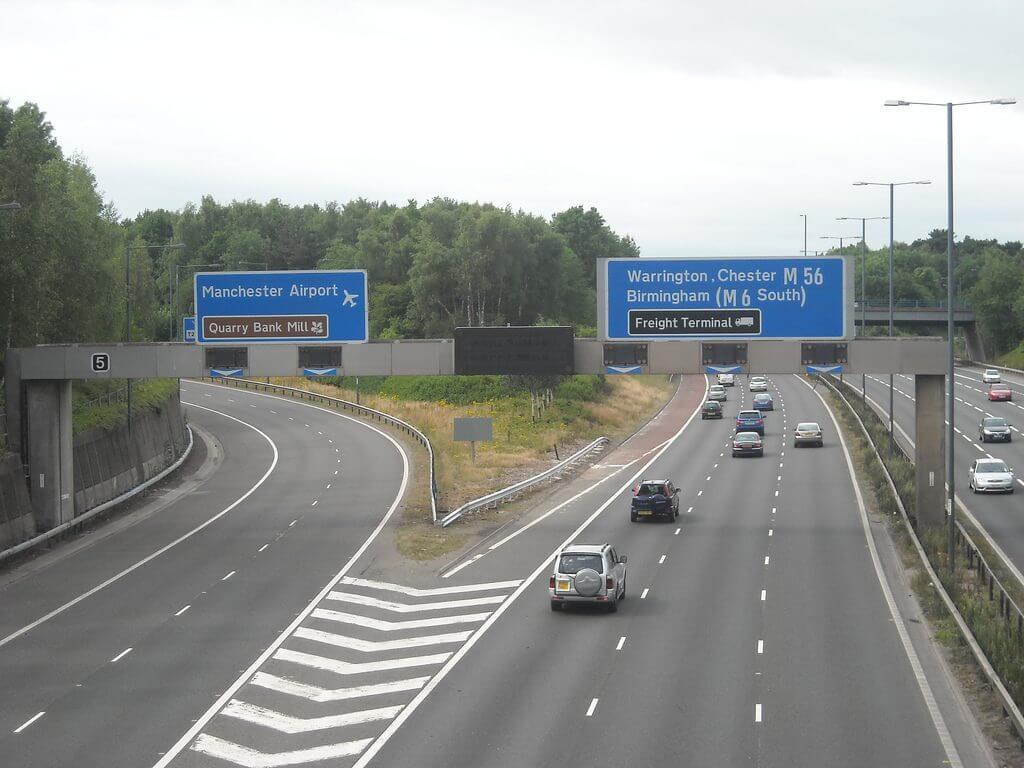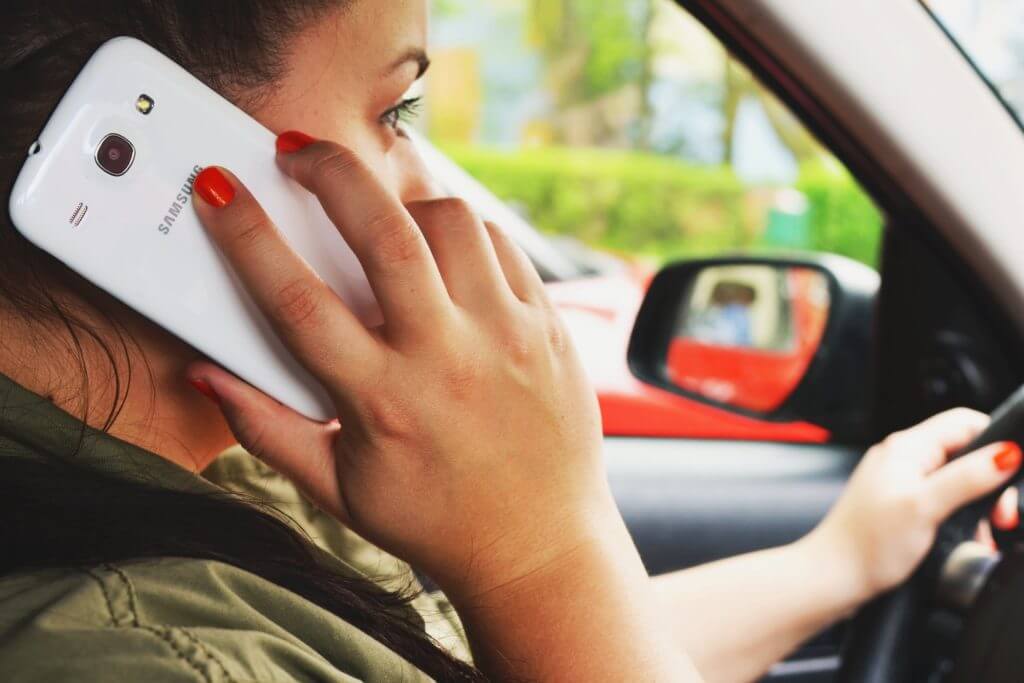What’s changing?
From the 1st March, new baby car seat laws come into effect and it could have a huge impact on how your child travels. The changes, which will be brought in across Europe mean that backless booster seats will be banned for children smaller than 125cm (4ft 1in) or who weigh less 22kg (3st 4lbs).
The new rules have been brought in to improve child safety after car seat experts raised concerns that backless booster seats are unsafe for small children as they don’t hold them securely in their seat.
While the law changes will mean that car seat manufacturers will no longer be able to produce backless seats for this smaller size, parents who already own a backless booster will NOT have to get rid of them and can continue to use them.

What are the current laws?
The current child seat laws can be confusing but to help clear things up, here is a simple list of rules you have to follow when using a car seat:
- All children MUST use a car seat until they are 12 years or 134cm (4ft 5in), whichever comes first
- You can use front or rear-facing seats from 15 months old, before that you must use a back-facing one.
- When your child reaches 18kgs (2st 8lbs) you can then use a booster seat or cushion.
- Your car seat MUST be EU-approved. This can be identified by a label with a capital ‘E’ in a circle.
How to choose the right car seat
The best way to find the car seat that’s right for your child is to pick on either its height or weight.
‘i-Size’ seats, ones which are height based should be rear-facing until 15 months old and should be changed once the top of their head is level with that of the car seat (only applicable once they can hold their own head up for half an hour or more).
If you’re using your child’s weight to pick which car seat is best, here’s how you work out the right seat for your child:*
- 0kg to 9kg (1st 6lbs) – A rear-facing baby seat or a lie-flat baby carrier.
- 0kg to 13kg (2st 1lbs) – A rear-facing baby carrier or rear-facing baby seat using a harness.
- 9kg (1st 6lbs) to 18kg (2st 12lbs) – A rear or forward-facing baby seat using a harness or safety shield.
- 15kg (2st 5lbs) to 36kg (5st 9lbs) – A rear or forward-facing child seat such as a high-backed booster seat or booster cushion, using a seat belt, harness or safety shield.

Important things to remember
1. If you’re using a rear-facing seat, you MUST deactivate any front-facing airbags.
2. When fitting a child’s car seat, make sure that the seat buckle is outside the frame and that the harness buckle is as low as possible, ideally across your child’s pelvis.
3. Keep the instructions with the child seat in the car.†
4. If you are unsure about anything, seek advice and if possible get someone to check the fitting of child seat for you.
5. Never modify the child seat or the car seat belt to make it fit.
Sources
* BBC News
† ROSPA




